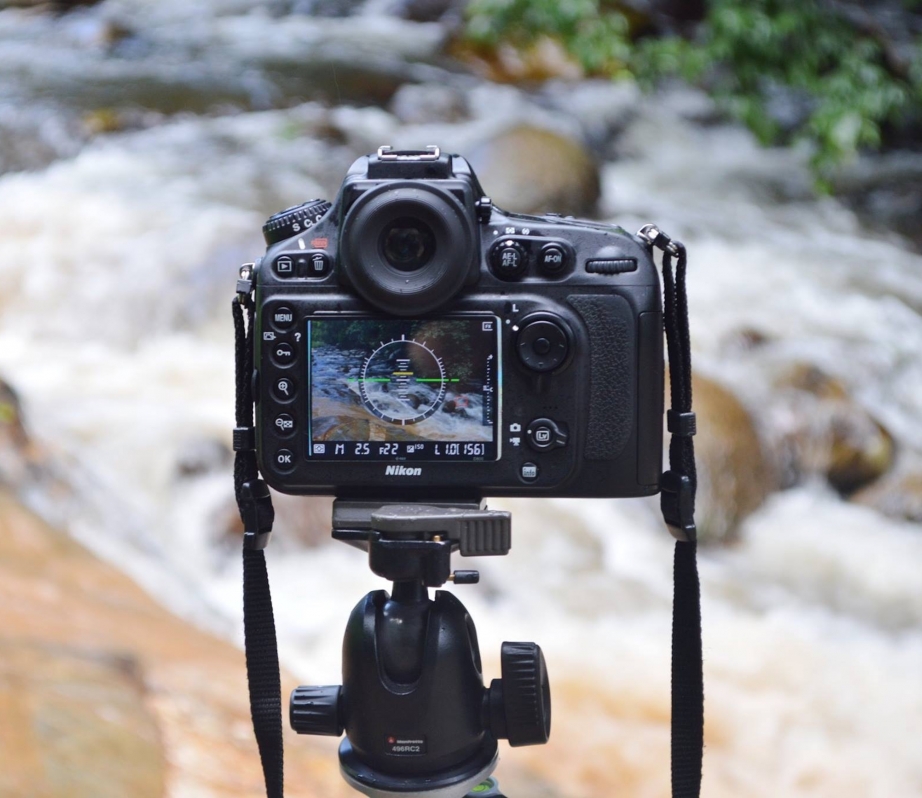Photography is a great hobby to combine with whitewater paddling. River trips and park and plays can take you to some amazing destinations, from a remote northern river to a sweet camping spot adjacent to a burly play wave. While buying new camera gear can be expensive, there are specific items that will transform and improve your photography enough to warrant the purchase. Take care of these pieces and you will be set for high quality whitewater paddling captures for many years.
1. A Neutral Density filter (ND Filter)
The misty, dream-like photos of waterfalls and rivers you see all over Instagram are usually captured using a long exposure. If there is too much light in a scene, it is hard to get the same effect because you can’t drop the exposure enough. A Neutral Density filter is a dark piece of glass that blocks some of the light coming into your lens, allowing you to use a longer exposure. Try one at your favorite spot with fast water.
2. A GoPro
A GoPro is a great tool to have when you want to show viewers the point of view of the paddler. Create a sense of suspense in a photo by showing what it looks like before paddling over a drop or plowing through never-ending class IV waves. A GoPro is perfect for whitewater paddlers because they are small, durable and waterproof. They also come with mounts that can attach to points on the kayak for a lot of angle variety.
3. A Fast Lens
If a lens is described as fast, it means it can open to a large maximum aperture. The larger the aperture, the faster the lens is because it can let more light in while using a faster shutter speed. Many places whitewater paddlers will find themselves in may not have perfect light. Think a river cutting through thick old growth forest or a paddling festival at sunset. A fast lens will allow you to let in more light, but also means a faster shutter speed can be used to better freeze action.
4. A Dry Bag Or Hard Case For Camera Gear
A sealing compartment is key for bringing camera gear on the river. If you are going to spend money on nice gear, you definitely need to do the same for its housing. Some paddling photographers love the easy accessibility of hard cases, while others are drawn to the more malleable quality of dry bags. Whatever you choose, make sure it seals well, fits your gear and is adequately padded so damage doesn’t occur when you ride through the frothy stuff to set up your shot.
5. A Set Of High-Quality Lens Cloths
The conditions you face when photographing whitewater mean the chances of your lens getting splashed with droplets or acquiring condensation are high. Make sure to pack multiple cloths for cleaning your lens, plus a small towel for drying your hands off when you put down your paddle and pick up your camera. Another pro tip? Throw a packet of silica into your dry bag along with camera gear to help absorb lingering moisture.
6. A Drone
We know, we know—this is more than just a splurge, but if you are serious about photographing whitewater and want to take cool video and photos from a bird’s eye view, you may want to consider buying a drone. The range of models and prices keeps expanding, meaning you don’t need to go for the professional level one. Make sure you practice in an open space free of trees or air traffic, and check local regulations on flying drones beforehand



